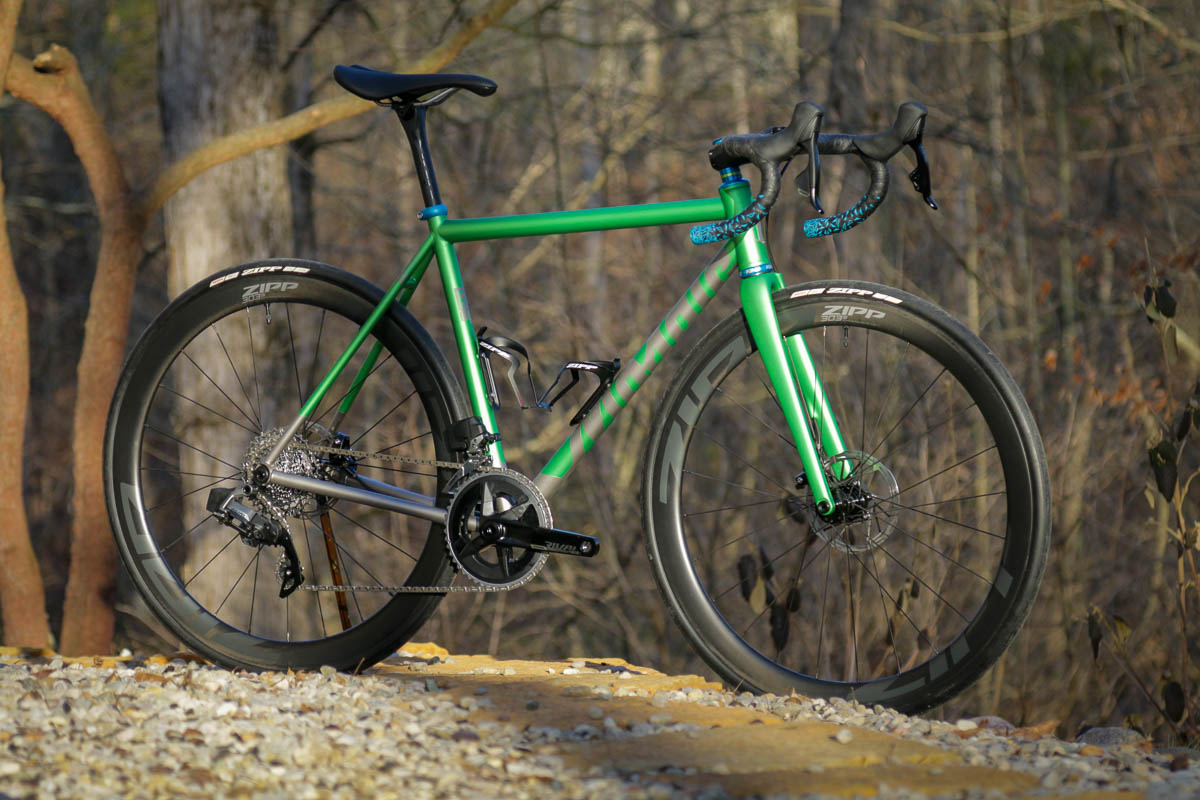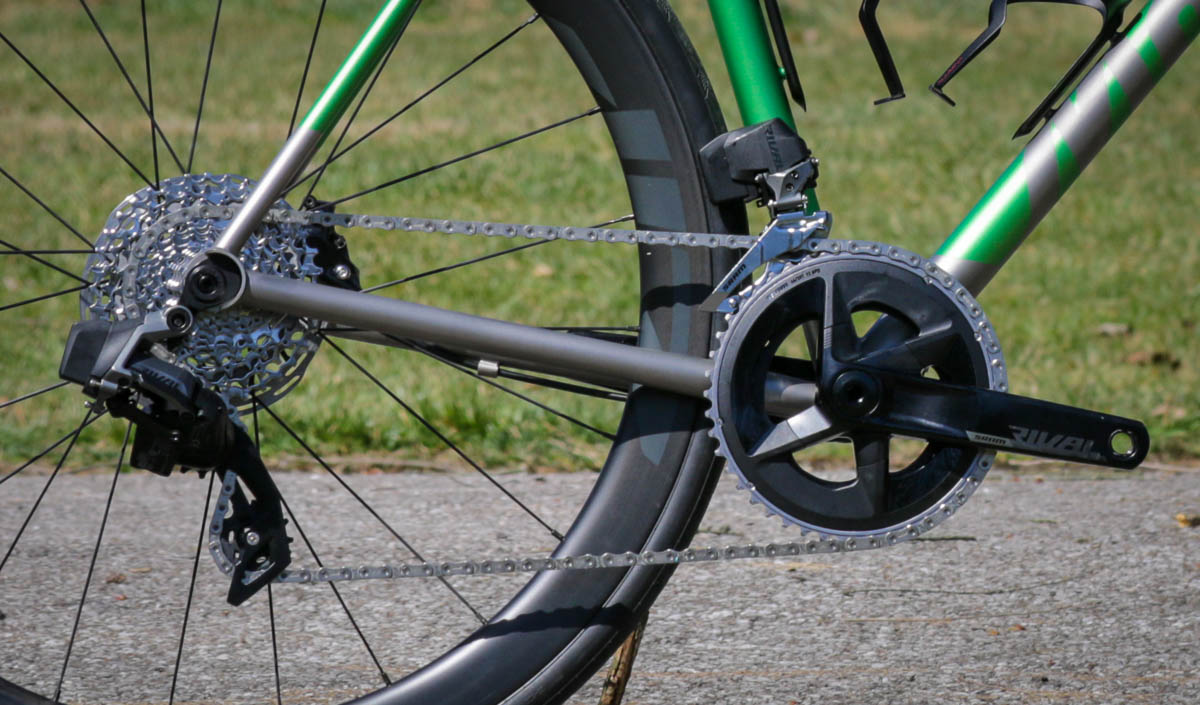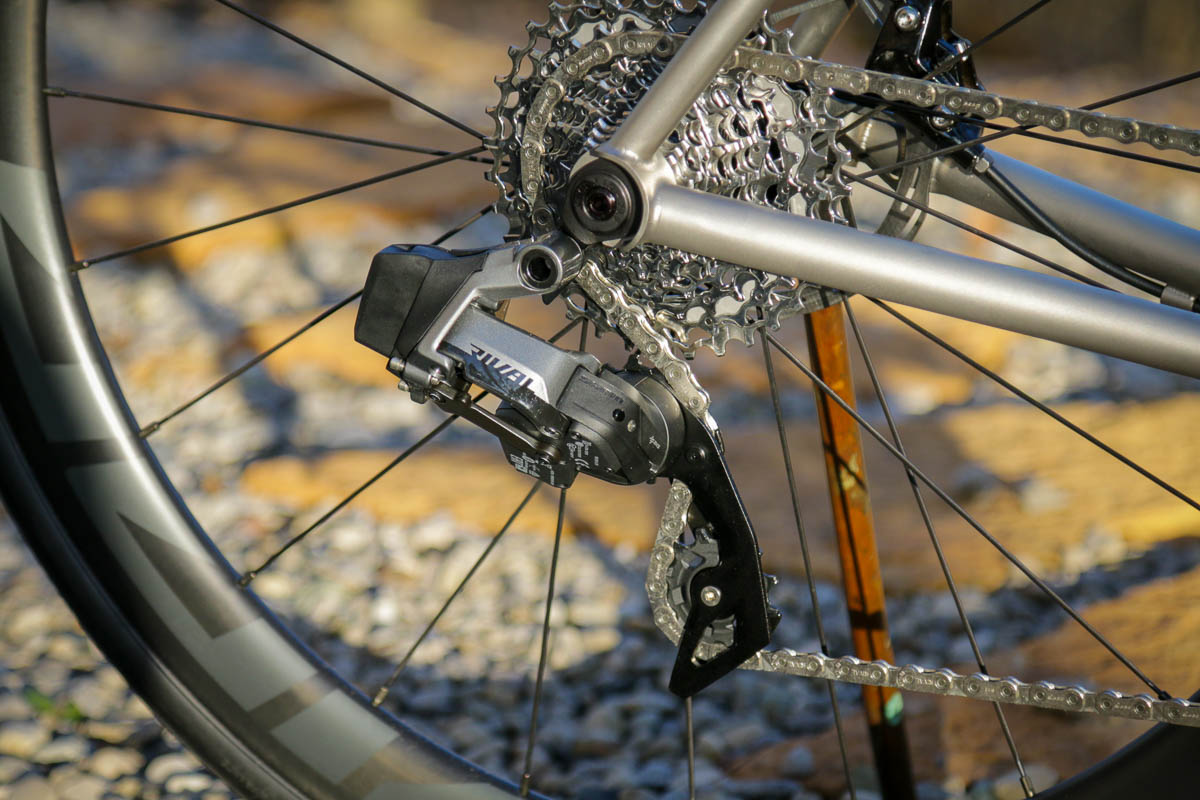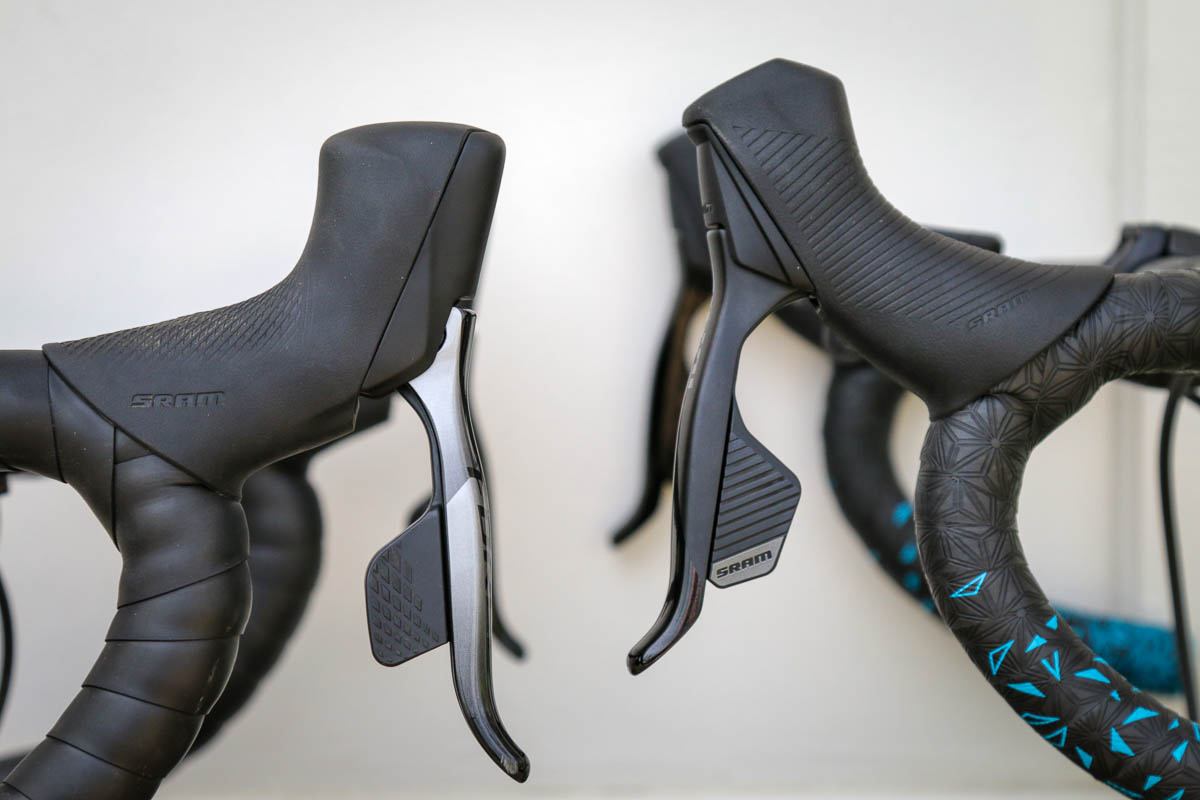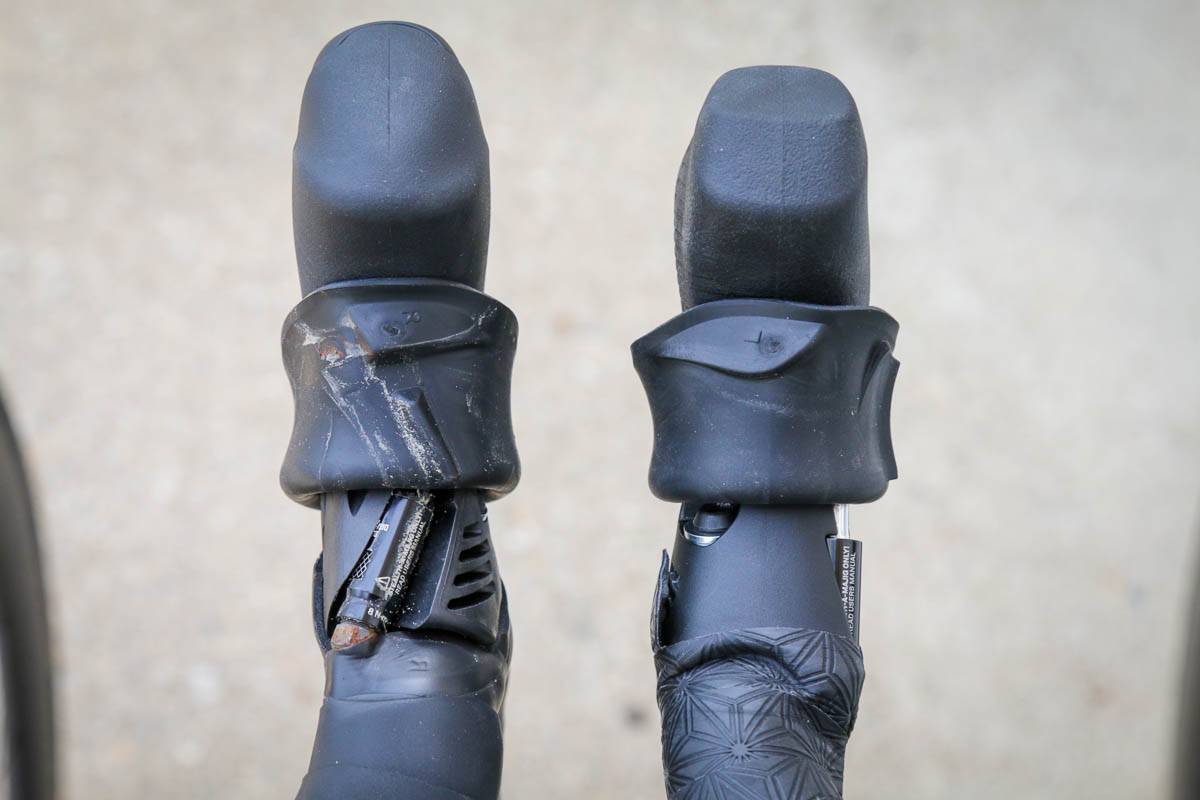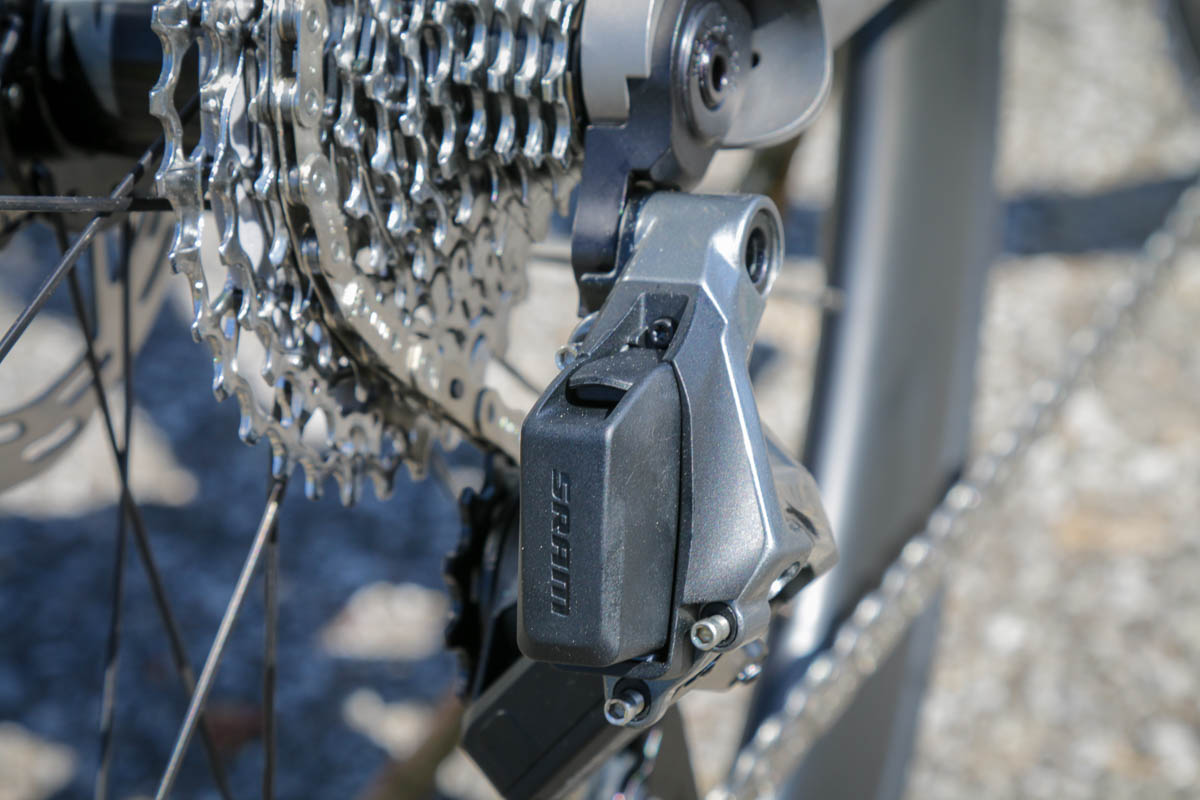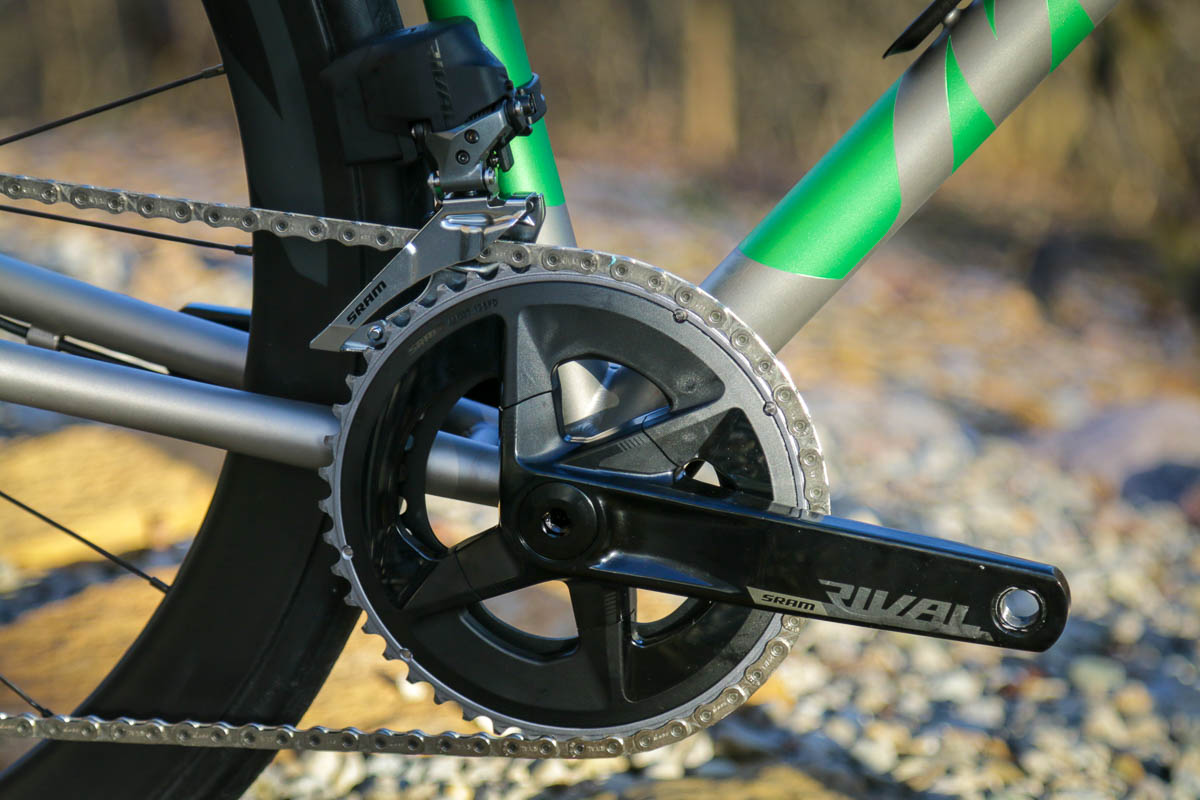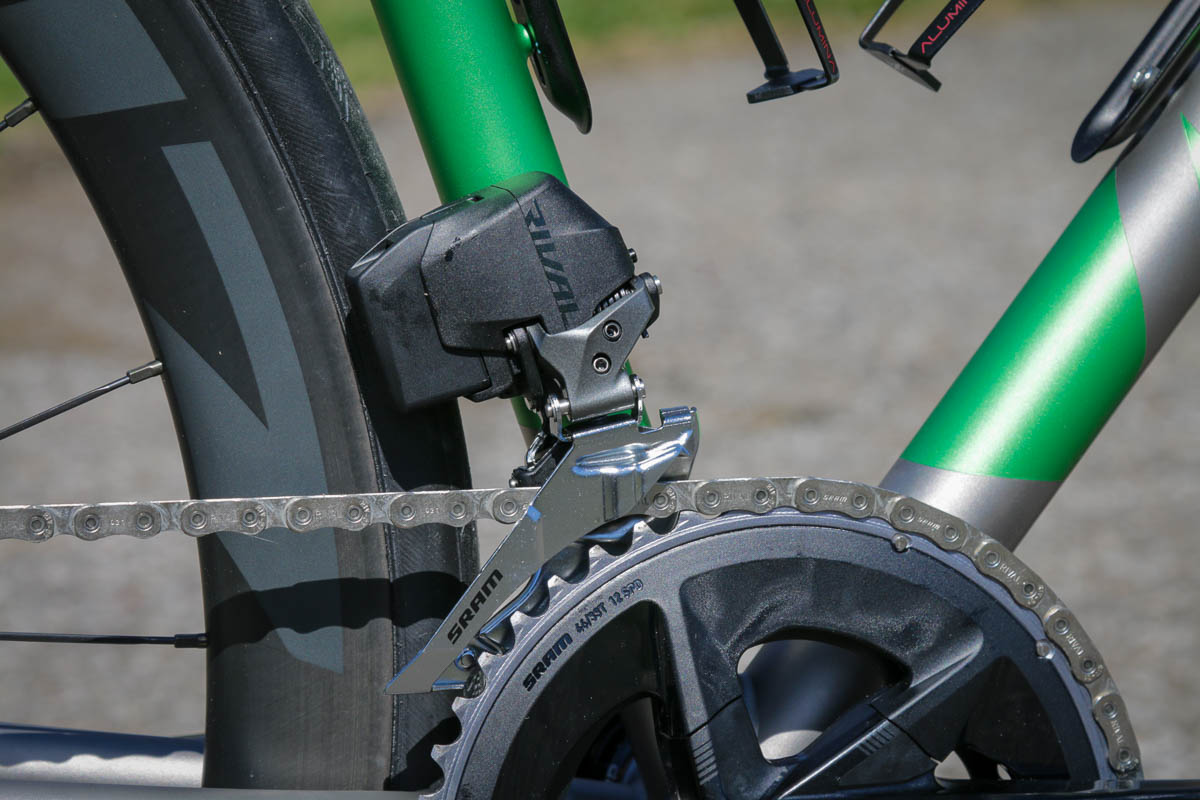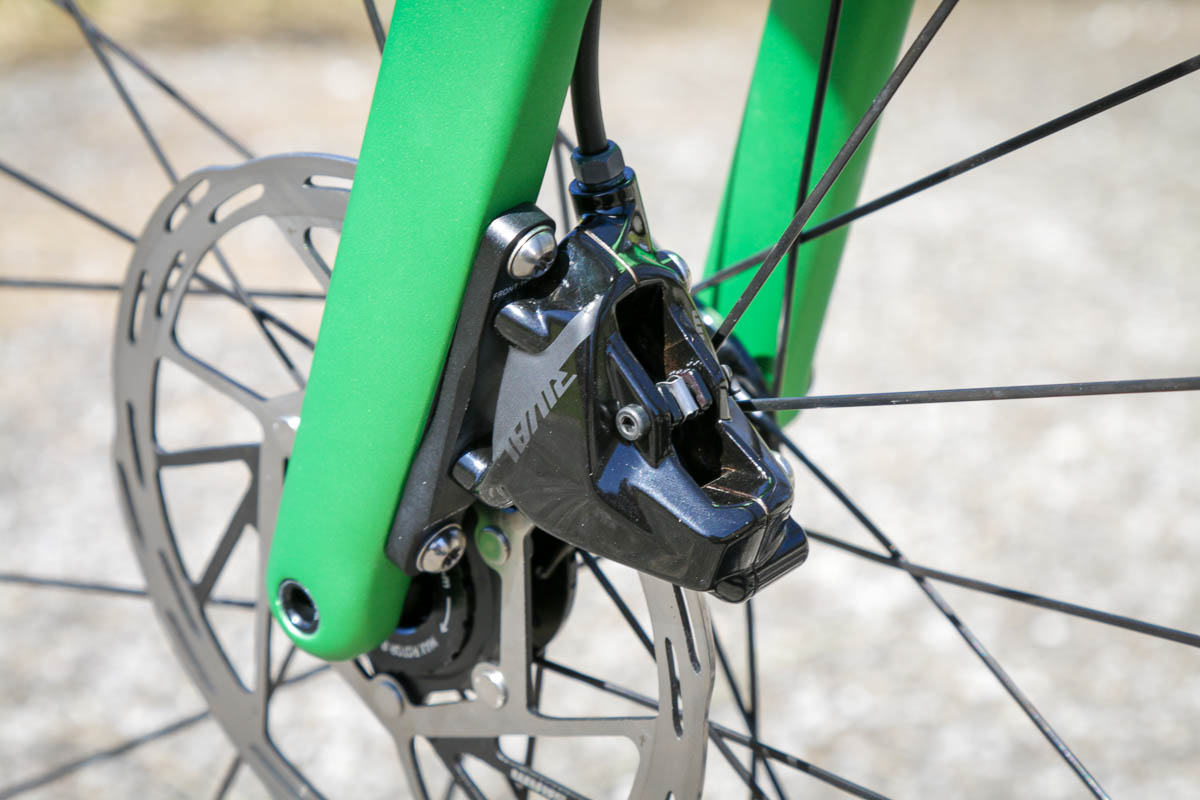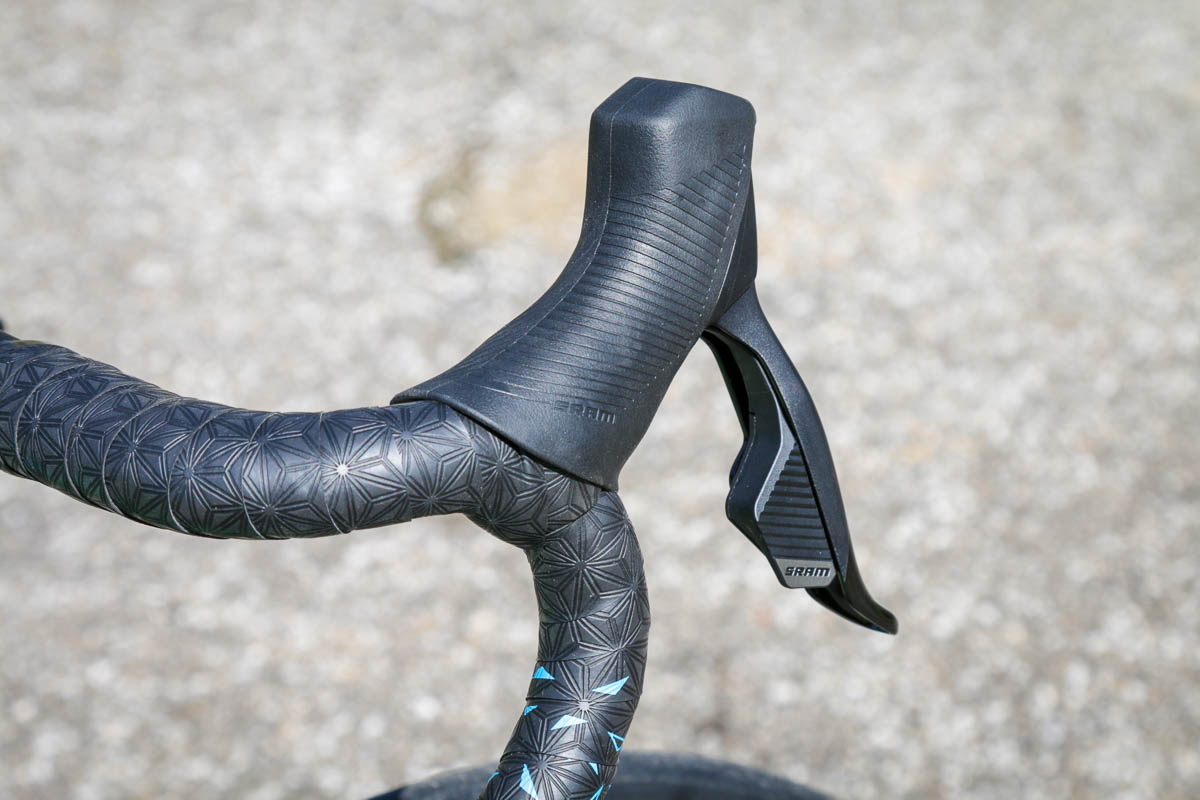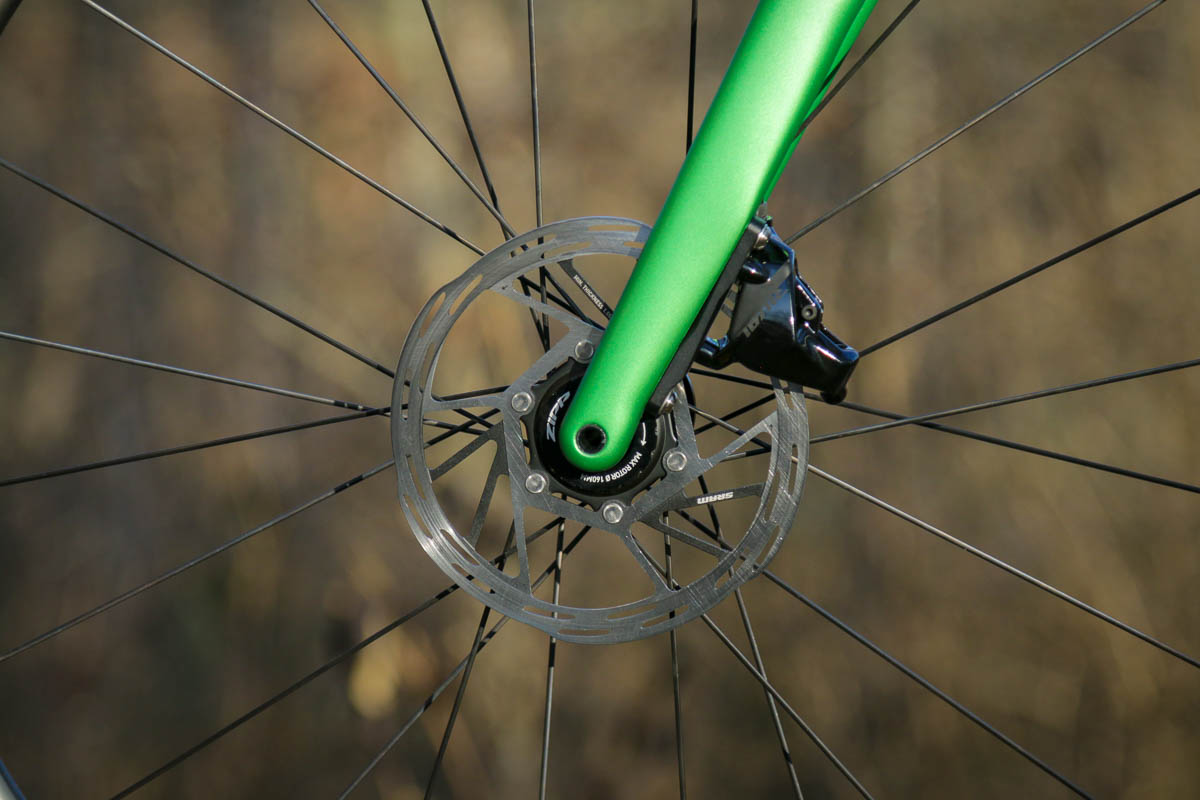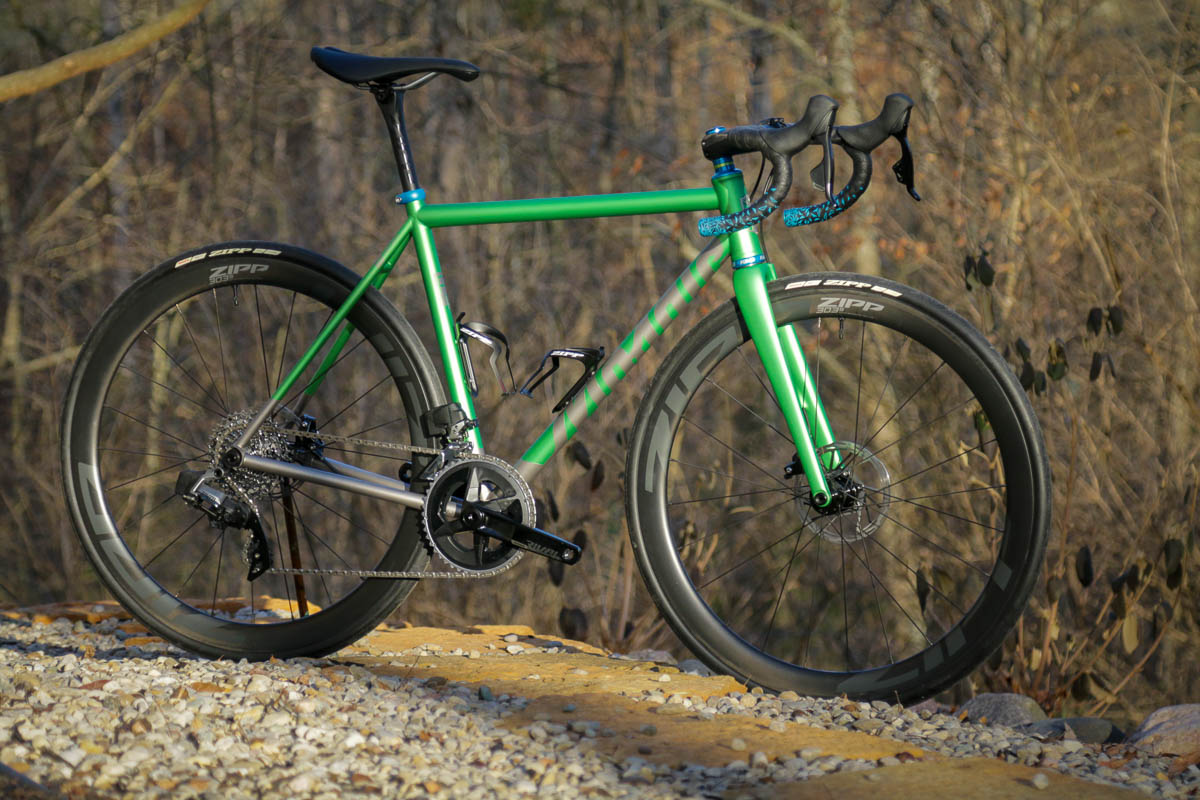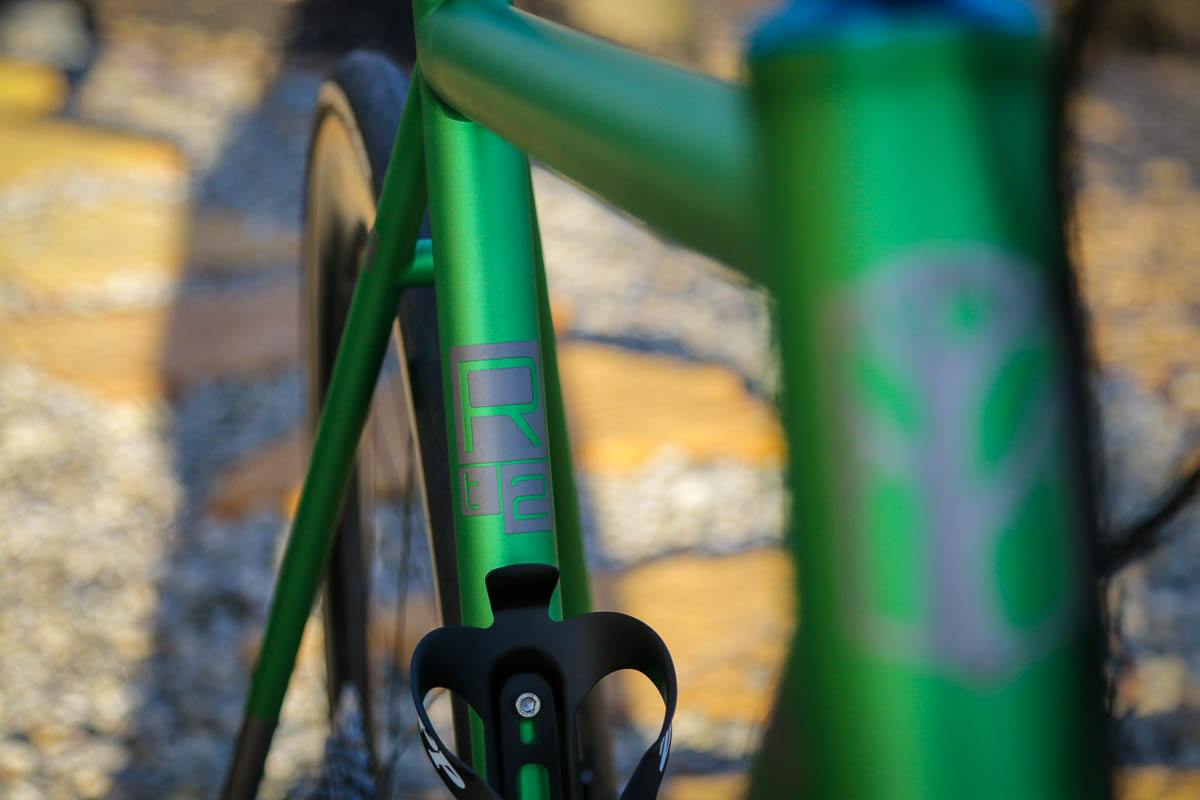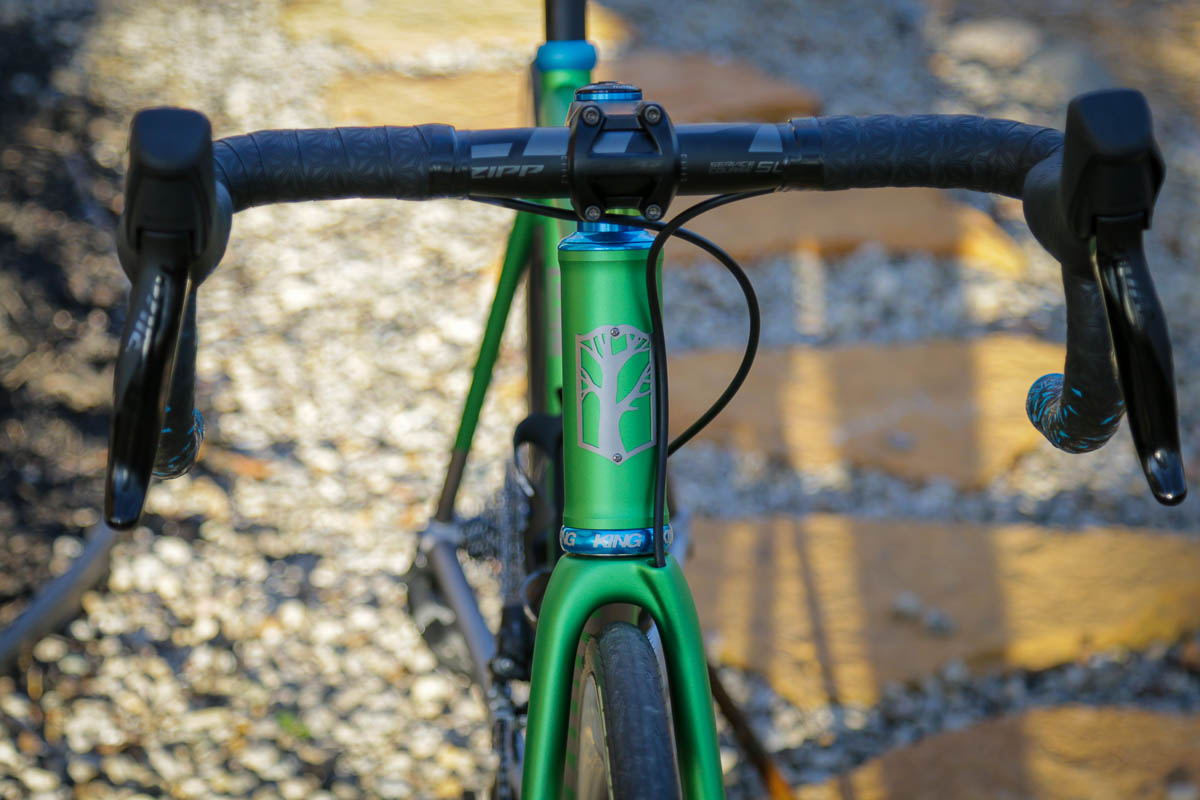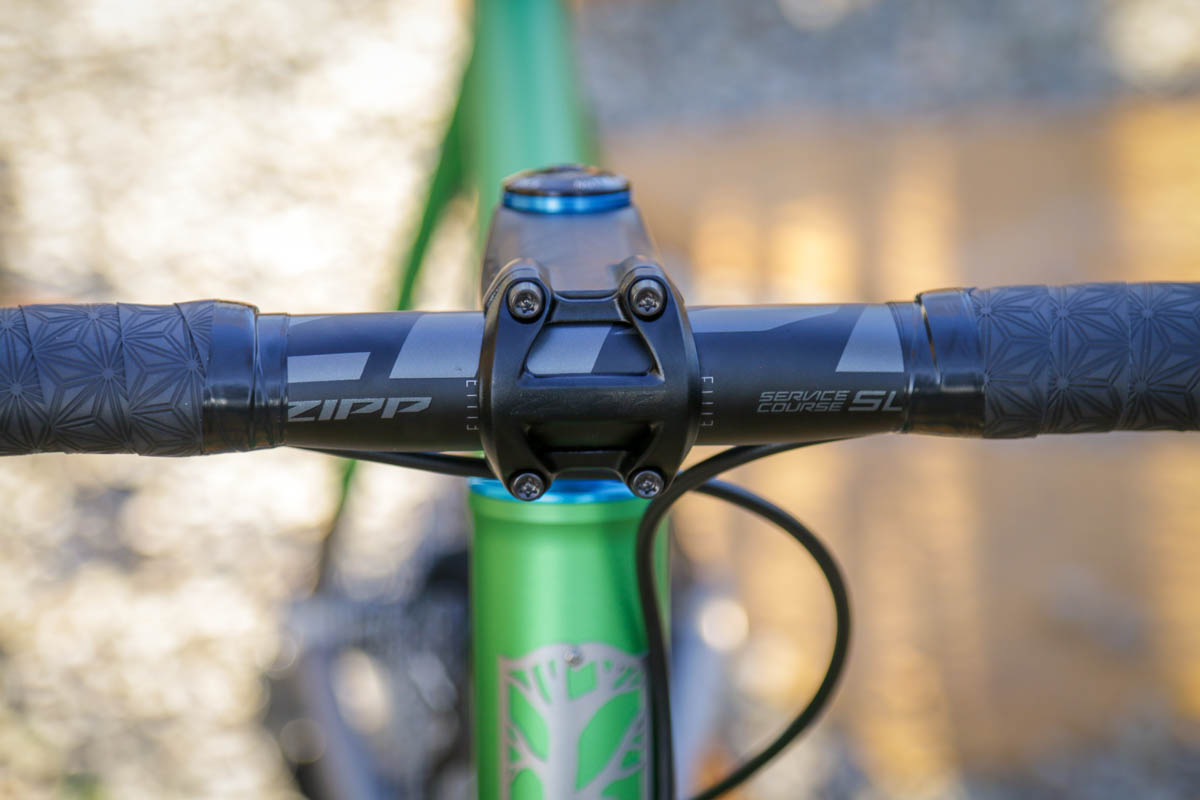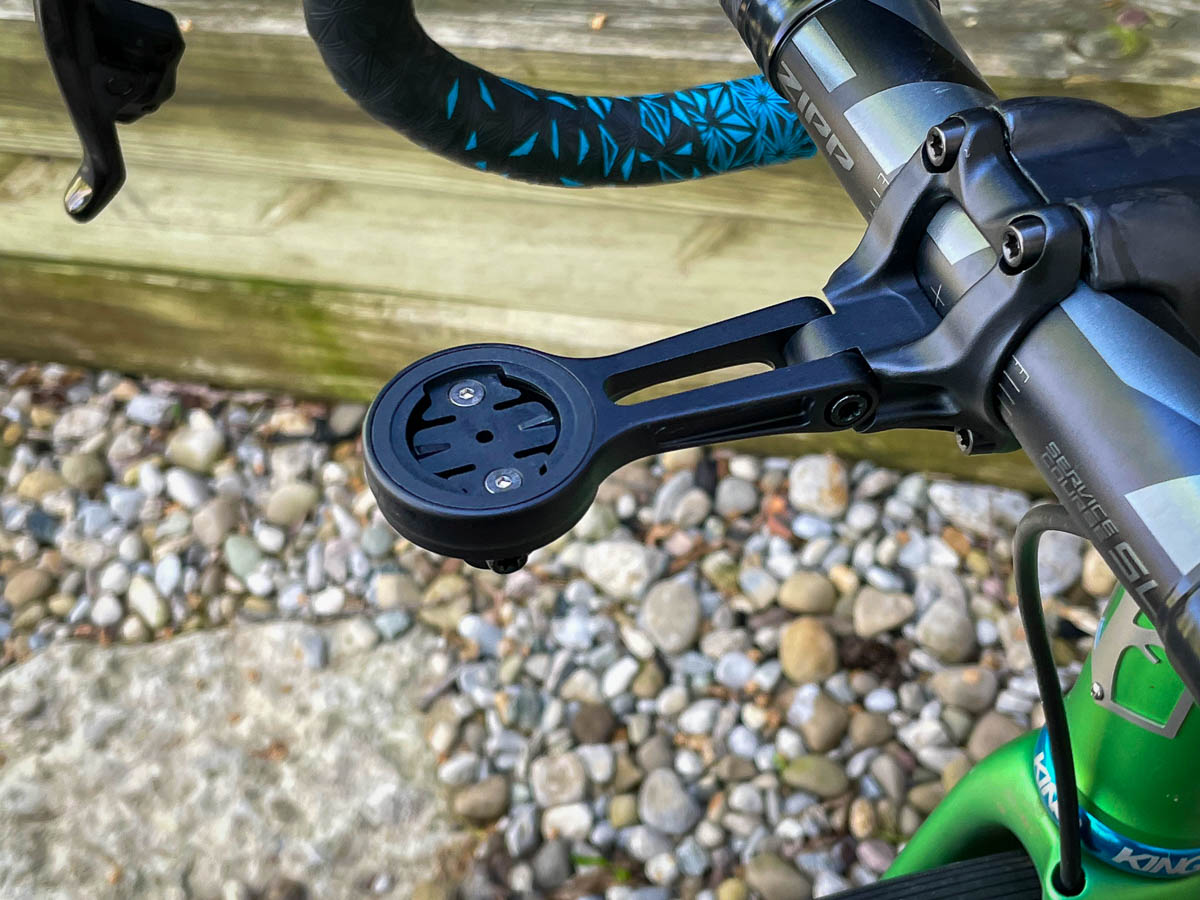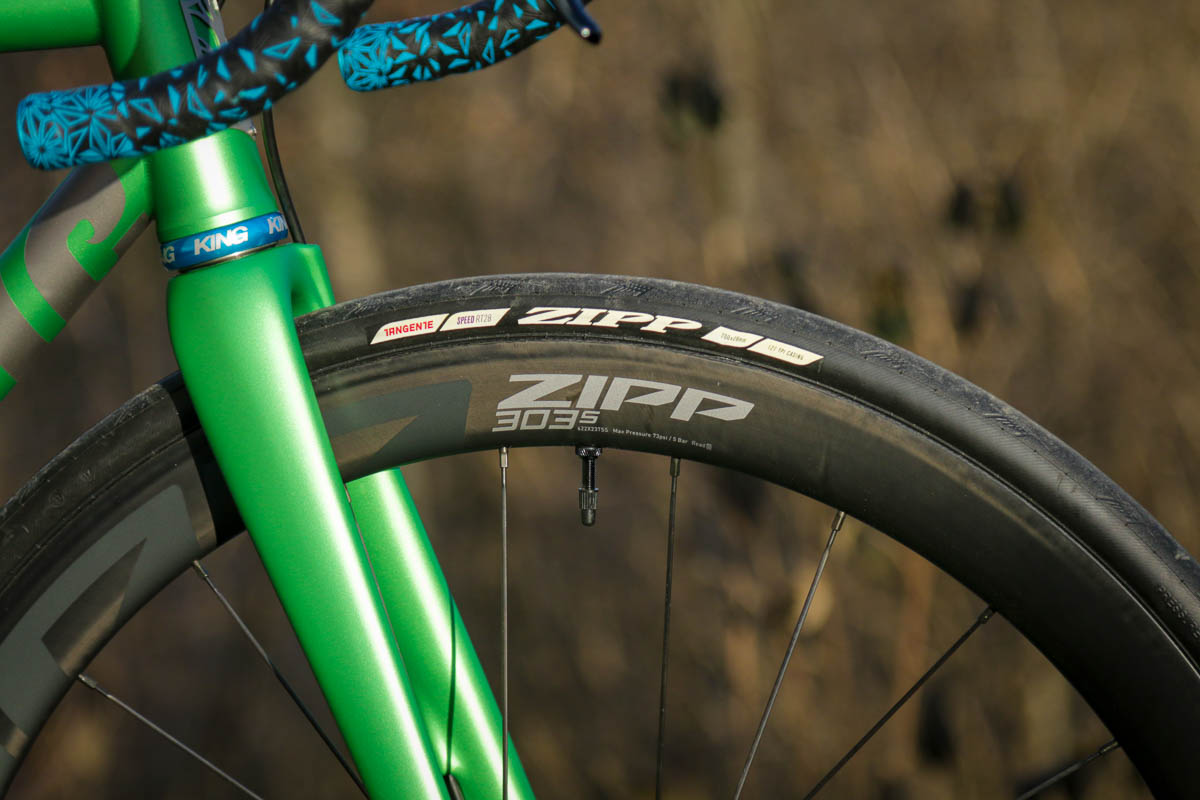Bicycle drivetrain launches typically follow the same format. First, the top tier group is launched with all new technology. Then, the next lower tier is released with most of the same performance, but a more attainable price tag. Finally, the entry level group is announced which brings modern performance to a level accessible to the most riders. That’s where we find ourselves with the new SRAM Rival eTap AXS.
SRAM still offers even more affordable drivetrains than Rival, but this is now the entry point to their eTap AXS wireless shifting. Which is fairly impressive when you think about it. SRAM introduced their new RED eTap AXS 12 speed group just over two years ago, and the technology has already trickled down to the Rival level.
But how does Rival eTap AXS compare to the top level RED and middle child Force? Very favorably it turns out – particularly if you have smaller hands.
SRAM says that their reasoning for bringing wireless shifting to the Rival level was to deliver an entry level drivetrain worthy of the ride experience that modern frames provide. In that, it seems like they delivered. I would wager that most riders would not be able to detect any difference in the feel of the shift itself from Rival to RED. There are definite differences to the hood that can be felt, but as for the feel of the shift itself, Rival’s performance is pretty remarkable.
Is eTap the fastest shifting platform out there? Probably not. But like most things on a bike, you get used the shift speed very quickly. Short of jumping back and forth between bikes with different drivetrains, the shift speed of Rival eTap AXS is more than adequate. More importantly, shifts are accurate, and can be employed in a few different methods.
Shift Modes
The standard shift mode for SRAM eTap AXS has you hit the right paddle to shift down the cassette, and the left paddle to shift up the cassette. Hit both paddles at the same time to shift the front derailleur up or down. Additionally, you can engage Sequential shift mode which automatically shifts the front derailleur for you, as you only press the right paddle for a harder gear or left paddle for an easier gear. Then there’s Compensating mode which will automatically shift the rear derailleur after a front shift to maintain cadence.
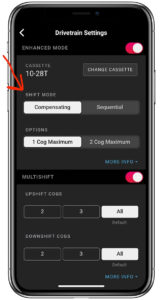
All of this can be controlled through the AXS app to custom tune your set up. You can also control shift modes with the buttons on the shift paddles themselves, once it’s been set up in the app. The app also allows for customizing the shift paddles themselves, so you could reverse the function if desired.
No Blips

The one thing that Rival doesn’t have when it comes to shifting though, is the ability to add Blips or Clics. These are remote shifter buttons that if you’ve used them, can really grown on you. Definitely something to consider when it comes to Rival eTap AXS.
Smaller Hoods
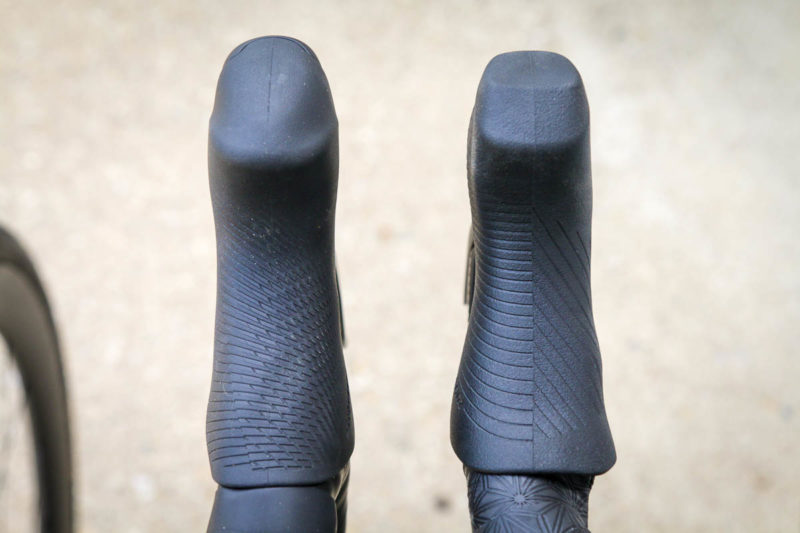
The other big thing to consider about this group is the shape of the shift/brake hoods themselves. SRAM made the hoods physically smaller, partially by eliminating the connection point for Blips. They also lose the pad contact point adjustment, but retain lever reach adjustment.
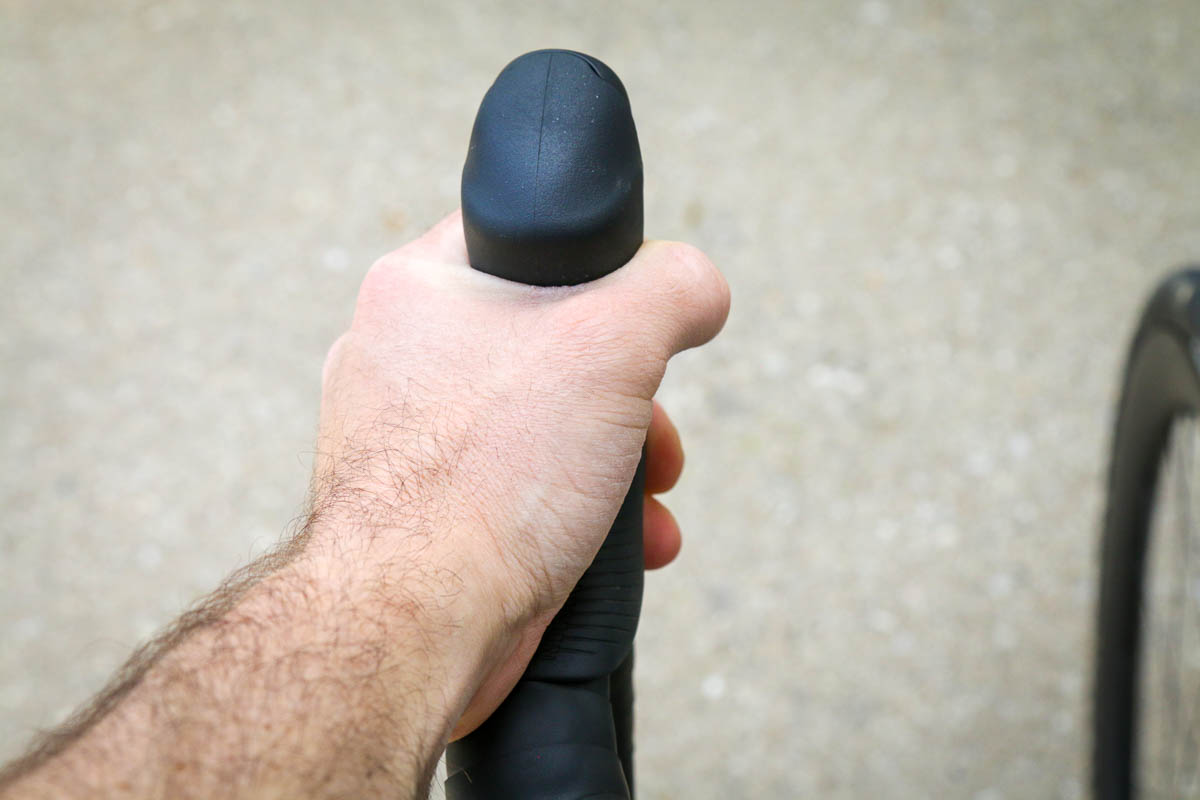
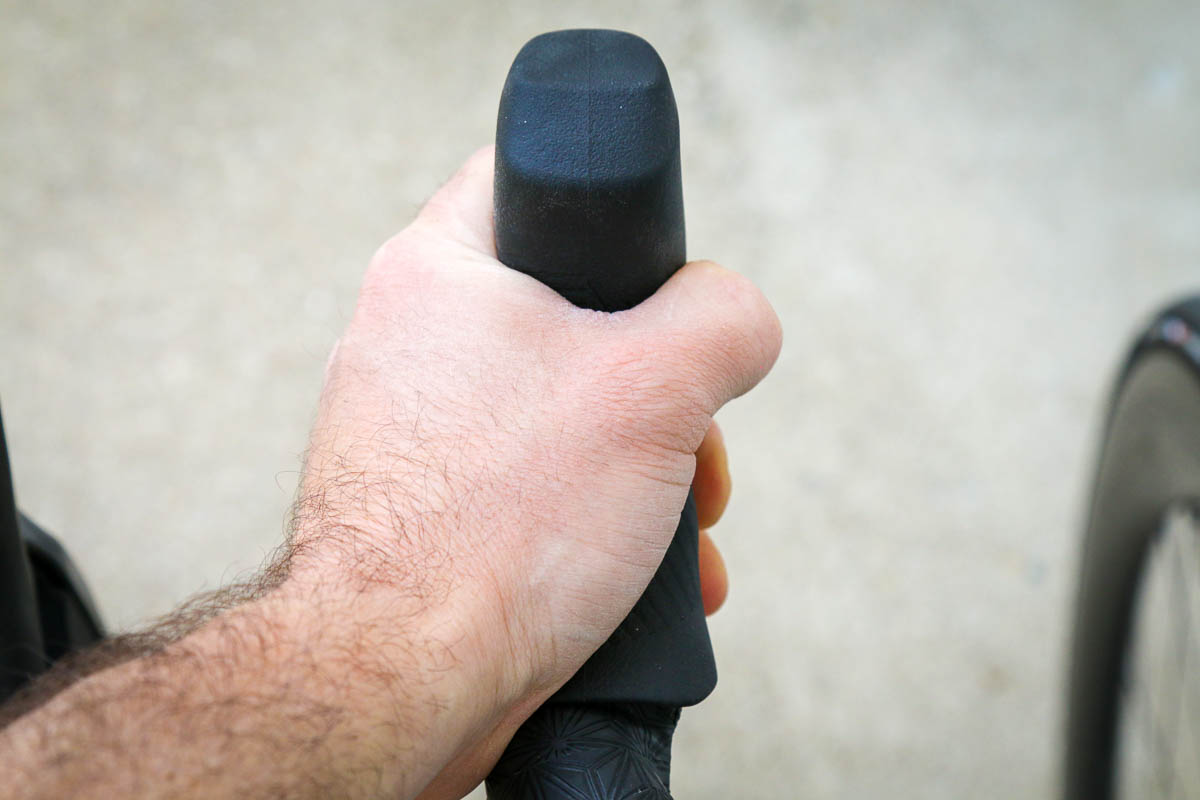
This has a notable effect on the size and feel of the hoods that will be welcomed by some, and spurned by others. Namely, if you have smaller hands and want a more secure grip on the hoods, the new Rival hoods allow for more finger wrap. But if you have average to large size hands, you may find that the shorter length of the hood isn’t as comfortable as those on Force or RED.
For me, my hands typically fall between small and medium sized gloves – in finger length it’s usually small, but medium for palm width. Over the course of testing, I found the shorter length of the Rival hood forced more of the outside of my palm off the hood which just wasn’t as comfortable as my bike with Force eTap.
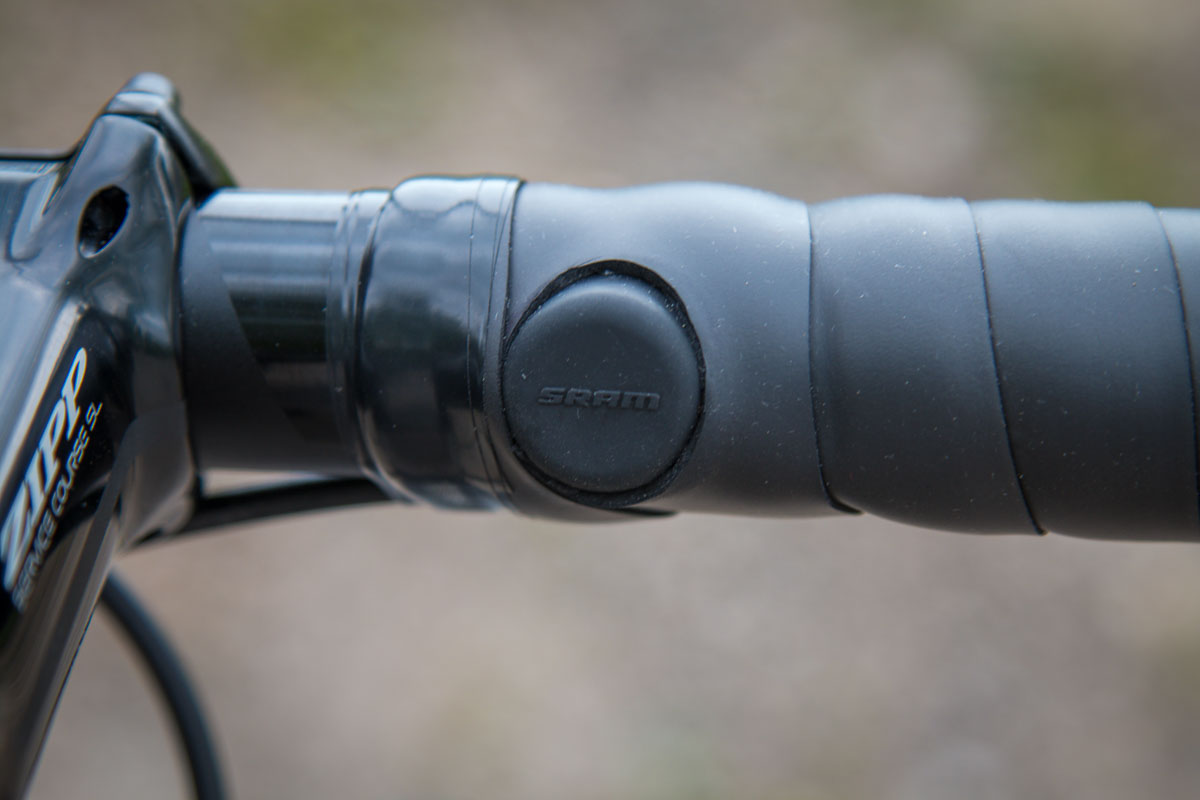
I also really like my set up with Blips, so if I was in the market for a Rival bike, I would end up swapping the shifters and brakes for Force level. Many of the 12 speed eTap AXS components are cross compatible, which allows you to run Force shifters with the remainder of a Rival drivetrain without issue.
What about the battery life?
For e-bikes or electronic drivetrains, range anxiety is always a concern – though it really shouldn’t be. SRAM’s eTap AXS drivetrains rely on four batteries – an AXS battery in each derailleur, and a coin cell battery in each shifter.
The AXS batteries easily pop out from the derailleurs with the flick of a switch, allowing you to charge them in a convenient location. The included charger includes a standard micro-USB cable, so you can charge it just about anywhere in 60 minutes or less per battery. A few years ago, I did a multi-day ride that covered 350 miles on a single charge of the AXS batteries and it barely made a dent in their charge.
- Green = up to 75% battery charge remaining.
- Red = 10-25% battery charge remaining.
- Flashing Red = Less than 10% battery charge remaining.
On average, I’d say I’m getting 3-6 months out of a charge depending on how much I’m riding and shifting. I’d certainly recommend topping off the charge before any big adventures, but other than that I rarely think about it until the LED light on the shifter or derailleur starts to show red. That means you have 10-25% of battery charge left. Flashing red means less than 10%. With this notification system, I’ve never run out of charge out on the road.

The shifter batteries aren’t rechargeable, but the easily replaceable CR2032 coin cell batteries are even longer lasting than the AXS batteries. I still have yet to change the batteries in my Force group after two years of use.
Long story short, the eTap AXS system is very easy to live with, requires minimal charging, and doesn’t require you to plug your entire bike into an outlet or computer to charge.
Get in Gear
In terms of gearing, SRAM delivered a test bike fitted with a 10-36t cassette and a 46/33 double up front. That sits right in the middle of the Rival offerings with your choice of a 10-30 or 10-36t cassette, and 43/30 (wide), 46/33, or 48/35t options for the cranks. Note that the 43/30t crank is only offered in a Wide version which requires a Wide front derailleur, meant for providing wider tire clearance for gravel bikes.
As an all purpose road bike build, I found this gearing to be right in the sweet spot. There is plenty of low range for easily climbing most grades, yet high enough gearing that you’re not spinning out when it’s time to put down the watts. Short of racing, I would say it’s pretty close to perfect for myself.
Flattops
Like the other groups in the eTap AXS family, Rival uses a Flattop chain. Albeit, a more affordable chain thanks to using only hard-chromed pins an rollers. Interestingly, the Rival chain leaves out hard-chromed inner chain plates which in my experience has been the spot of odd wear on my Force eTap AXS group. It will be interesting to see how the Rival Flattop chains hold up in the long run. Remember that Flattop chains also require specific Flattop-compatible chain tools including master link pliers and chain wear measurement devices.
Clutch
With the same rear derailleur used for both the road and the Wide “gravel” group, you’d expect adequate chain retention. And you’d be pleased from the performance of the mechanical clutch. It might not be exactly the same performance as the Orbit fluid damper found on the Force and RED derailleurs, but you’re really splitting hairs to find a difference on most terrain.
Power to the people
Our test bike was also fitted with the new Quarq single-sided spindle-based power meter. Adding just 40g to the weight of the bike, this is one of the least expensive ways to add power to your bike and it seems to work quite well. The single-sided nature means it only picks up power from the side of the crank it’s mounted to (non-drive), and then calculates estimated power based off of that. There’s an endless debate as to what makes the best power meter, and how much it matters, but the takeaway here is that it’s inexpensive, light, and uses an easily replaceable battery. If you’ve never had a bike with power before, this is an awesome way to get your feet wet and measure your progress.
Stop It
All of these things help you go, but what about when you need to stop? When it comes to the brakes, SRAM Rival feels very familiar – in a good way. Braking power is smooth and consistent, with the main differences at the Rival level in the caliper with a threaded bleed port instead of the Bleeding Edge Snap Fitting. The brakes still use the same Bleeding Edge bleed process though, and effectively use the same rotors since there isn’t a Rival-specific rotor.
Braking is also another area where the smaller hoods may be a benefit. If you struggle to get a secure grip around the Force or RED levers, the Rival levers with a slightly shorter reach may help you feel more secure when it comes time to slow down.
How about that Bike?
Rather than sending a piecemeal group, SRAM opted to build up a gorgeous Mosaic Rt-2d titanium bike that was then hand delivered following Covid protocols. Normally for these types of launches, we travel to SRAM’s destination of choice, but this time it was the other way around.
With the bike completely assembled upon arrival, all that was left to do was mount up some pedals and go for a ride. Fortunately for the weight obsessed, SRAM also sent Tyler a full group that we were able to weigh before getting it on a bike.
Fitting of the group, the Mosaic Rt-2d is a premium bicycle, but one that is more affordable thanks to the use of straight gauge 3A/2.5v titanium tubing. Offered in stock sizes, riders also have the option of custom geometry for an upcharge as well as many other additional features, paint colors, and more. This particular Rt-2d started out as a frame, fork, and headset package for $3,900.
SRAM’s build would have upcharged it a bit thanks to the stunning green paint job with raw titanium graphics and chainstay zone (for improved durability) that would add another $1,200 to the frameset price.
The bike was then topped off with a blue Chris King headset and matching seat post clamp and Super Sticky Kush Star Fade bar tape. This was a tough bike to ride without being noticed.

While the tubing spec of the Rt-2d might be a step lower than their Rt-1d, the ride quality was still on par with most high end titanium machines. The bike felt light, nimble, and snappy like most good Ti bikes – perhaps with a slightly more ‘solid’ ride. The only thing I’d like to see improved is the routing for the rear brake hose. The internal routing looks clean, but it allows for the hose to rattle inside the frame when riding over bumps in the road. The best mechanics would have a way to solve this (internal zip ties, damping foam tubes, etc.) but it’s not a quick, simple fix.
Full Zipp
Of course, no SRAM launch bike would be complete without a selection of Zipp components. To finish the build, SRAM included a Zipp Service Course SL bar, SL Speed seatpost, SL Sprint stem, and 303s wheels mounted with Zipp’s 700c x 28mm tubeless road tires.
Zipp also included their Quickview Integrated computer mount, which is available for the Sprint stem (above) and in a separate model for their Service Course and SL Speed stems. This is an awesome little accessory that not only provides a super clean, centered computer mount for Garmin or Wahoo head units, but there’s also a GoPro style mount underneath for cameras or lights. The mounting arm offers angle adjust so you can get it at the precise angle you’re looking for, and the mount/face plate sells for $70.
This was my first ride on Zipp’s more affordable 303s wheelset, and I wasn’t quite sure what to expect. Would a $1,300 wheelset live up to the Zipp name? Yes, absolutely. While they may look a bit odd (for Zipps) with smooth, undimpled sidewalls, the wheels feel great out on the road. Stable, fast, and responsive, the wider hookless 23mm internal width causes the 28mm labeled tires to measure more like 30mm.
That all fits into what Zipp has been preaching lately with their Total System Efficiency concept which essentially states that there is far more to speed than just weight and aerodynamics.
Final Thoughts
Like the frame and the wheels, the Rival drivetrain proves that you don’t have to go top shelf to get a bike that rides like a million bucks. For many riders, there is a palpable need to have the lightest, Pro Tour worthy parts. But for everyone else, products like SRAM Rival eTap AXS provide top tier performance at a fraction of the price. Better still, if there are certain components you want to upgrade (like the shifters in my case) the cross compatibility in most cases will allow you to do just that. Rival eTap AXS is really good – probably better than the price would lead you to believe.
Check out our fist post covering all the new Rival eTap AXS tech here.
Check out our complete actual weight post for the new Rival eTap AXS here.
